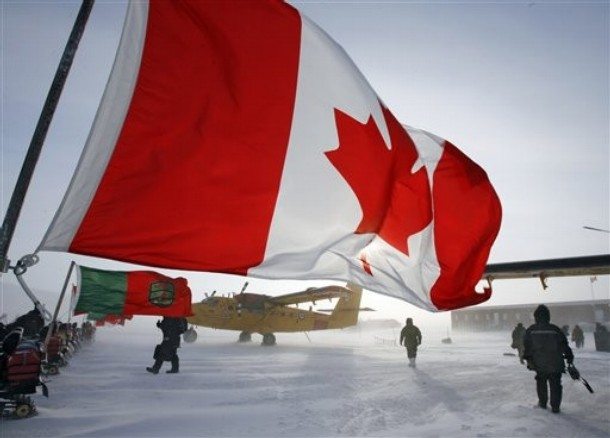BMI estimates that Canada’s defence spending totaled US$20.89bn in 2010, or US$614 per capita. Overall, this was an 8.6% increase on 2009, although in constant price terms it was a rise of 6.7%, and, in Canadian dollar terms, a fall of almost 2%. Defence expenditure was only 1.3% of GDP, well below the NATO guideline target of 2%, though up from just over 1%. Nevertheless, outgoing US secretary of defence Robert Gates said that Canada represented an example of a country which performed well within the NATO alliance despite failing to meet minimum spending requirements.
Canada’s defence industry is helped by the fact that the economy is performing reasonably well despite the economic headwinds. We estimate that Canada’s economy grew by 2.4% in real terms in 2011, which was a challenging and volatile year by any measure. We expect to see growth of around 1.6% in H112, followed by a steady re-acceleration over the course of H212, leading to a full-year average growth figure of 2.0% for 2012. This trend should continue into 2013, when we expect GDP growth of 2.5%. Our growth forecasts assume external headwinds from Europe and Asia, contrasted with an improving US economy. We also believe that the Bank of Canada is nowhere near tightening monetary policy, and is only likely to resume raising interest rates in 2013.
Canada has emerged relatively unscathed from the 2008 global financial crisis, with the government not having to intervene to protect banks against the risk of collapse, unlike in the US, the UK or Eurozone countries. Several major defence deals involving Canadian suppliers were signed in 2009, likely due to lower prices at a time of global macroeconomic weakness.
For Canada, 2011 saw an end to its combat role in Afghanistan, first having entered the country in 2001 alongside its NATO allies, in response to the September 11 terrorist attacks in the US. In total, some 157 Canadian troops died in the conflict. Canada’s 3,000-strong contingent was based in the Southern province of Kandahar, which saw some of the heaviest fighting. The withdrawal comes as part of a wider plan which will see NATO remove all of its forces from Afghanistan by 2014. Canada has spent a total of CAD11bn on the war, which failed to gain wide-spread popular support on the domestic front. After arriving in Afghanistan in 2002, Canadian troops moved to Kandahar in 2006. After the troop withdrawal a Canadian training mission involving 950 soldiers will remain.
The withdrawal of fighting troops from Afghanistan is expected to have a resultant impact on defence spending, as Canada no longer has to foot the operational bill of the war, which came to more than CAD1bn a year. The withdrawal is also likely to impact imports. In 2009, imports fell sharply from US$427mn the previous year to US$80mn, the reduction being mainly from imported weapons from the US, and consisting mainly of missiles and aircraft. However, in 2010 exports started increasing again, to US$373mn, driven mainly by sales from US companies, but whether this will be sustained beyond 2011 is yet to be seen.
Meanwhile, a new report claims that, since 2001, some CAD91bn has been spent on national security by Canada, according to the Rideau Institute. In the current fiscal year Canada is set to spend CAD34bn on national security, around CAD17bn more than it would have spent before the September 2001 terrorist attacks in the US. The Department of National Defence takes the lion’s share of the budget, CAD21bn, making it the largest consumer of national security expenditures. However, critics are now calling for greater scrutiny of this spend, given the end of Canada’s military mission in Afghanistan and the decimation of much of al-Qaeda’s top ranks. The Rideau Institute claims that the CAD100bn that may go on security operations could be used in more effective areas such as transit systems, a national childcare programme or prescription drugs.









